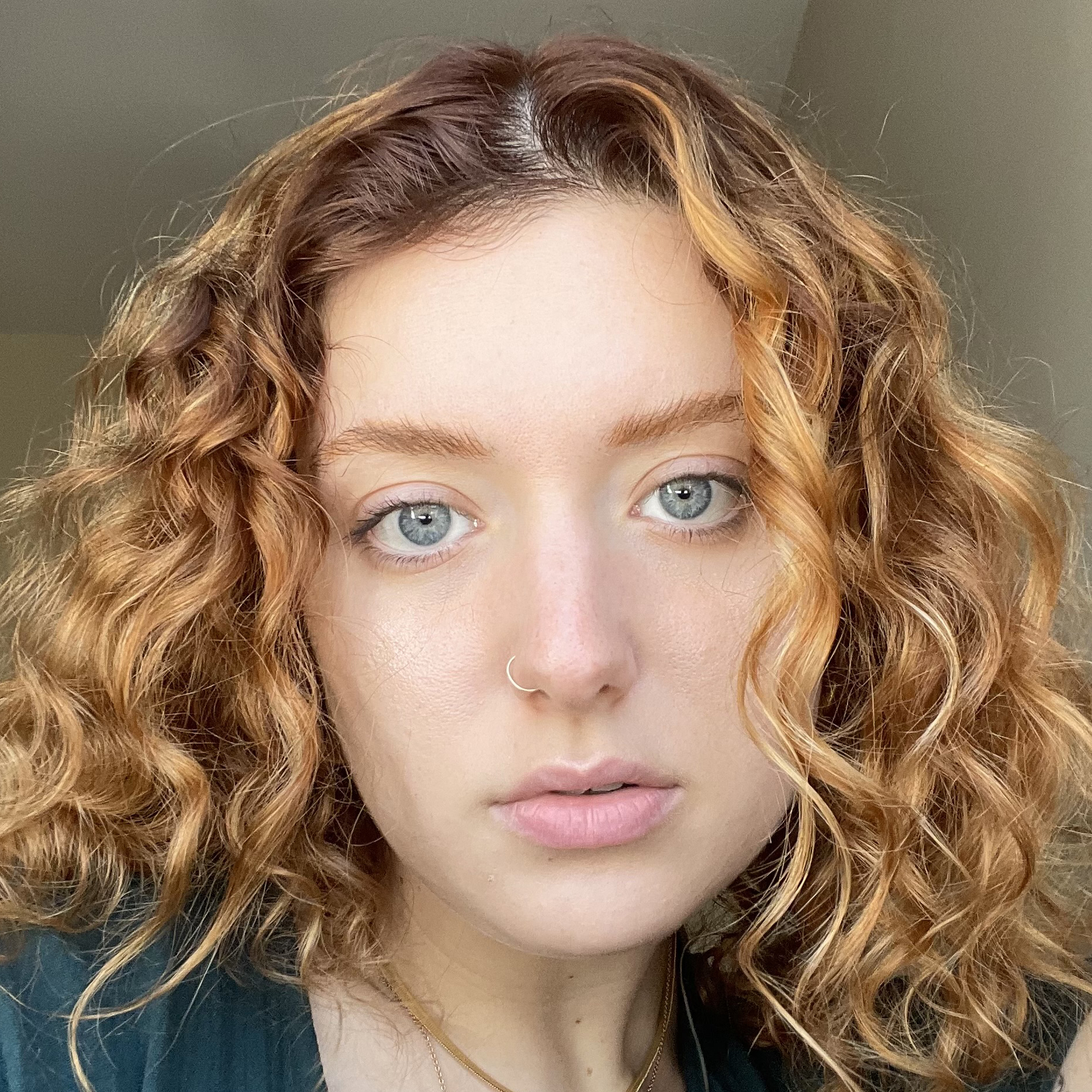Does dairy cause acne?
Does dairy cause acne or is it another skincare myth? We separate fact from fiction
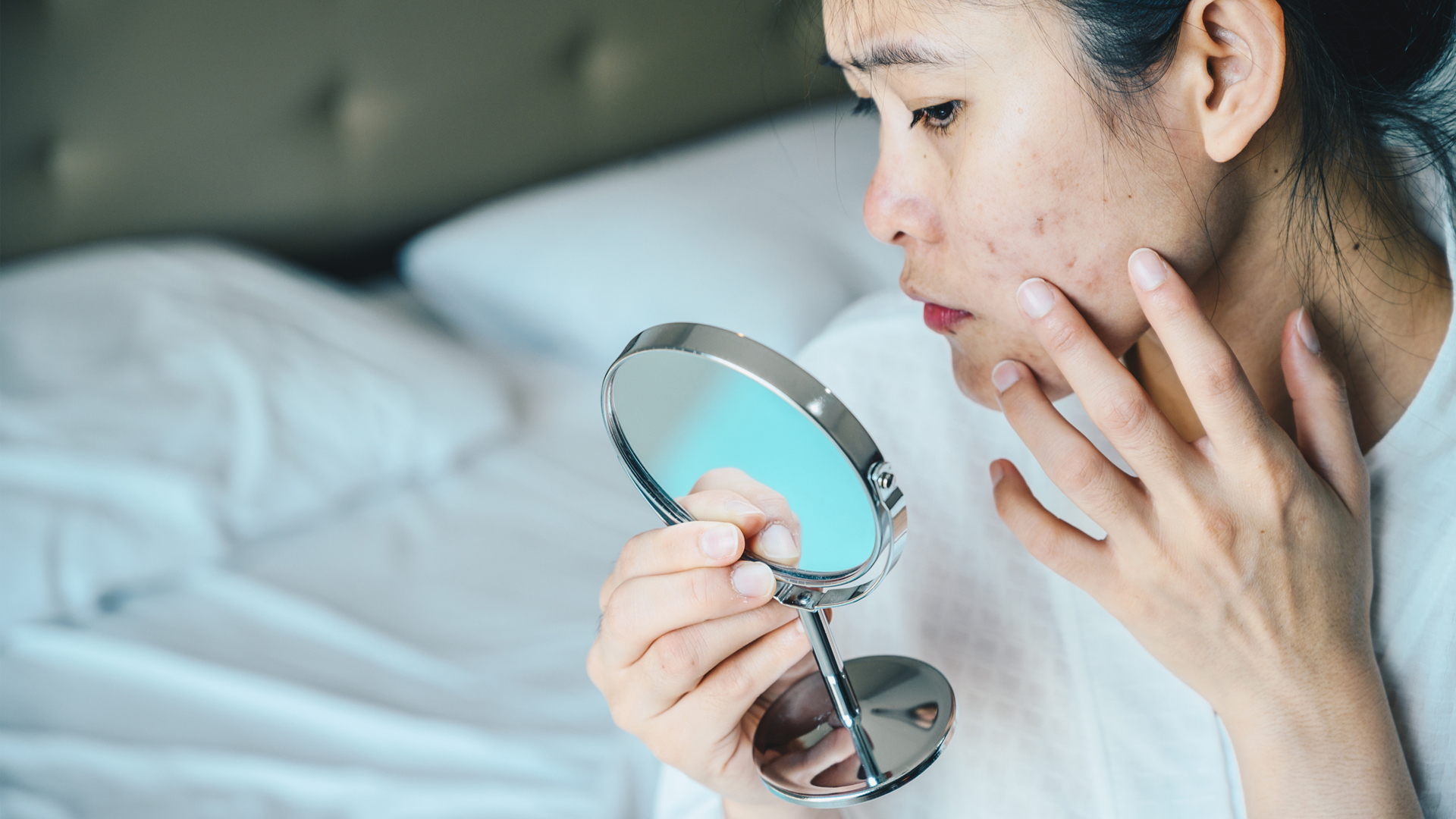
Does dairy cause acne? It’s a valid question considering the food that you put into your body every day is one of the biggest lifestyle factors contributing to the health of your skin. In recent years, dairy has been a hot topic. There are experts who maintain that it’s a part of a healthy, balanced diet, yet some evidence suggests that dairy has the potential to cause breakouts and irritate the skin.
Dairy has the potential to cause inflammation and doesn’t sit well nutritionally with everyone. According to The Lancet Gastroenterology and Hepatology journal, an estimated 68% of the world’s population has some form of lactose malabsorption. But does this mean you should ditch your morning latte in favor of one of the best milk alternatives to achieve that glow you’re chasing? As it turns out, the answer is maybe. Read on to find out more.
How does dairy affect the skin?
Dr. Andrea Murina, associate professor of dermatology and the program director at Tulane University School of Medicine, New Orleans, says: “Specifically when talking about acne, there may be some truth to the fact that dairy can lead to skin inflammation. Dairy products have hormonal and bioactive components that may cause blocked pores, oiliness and pimples. Eating dairy, or even whey-based protein, can elevate levels of insulin-like growth factors. We now have multiple research studies that link increased dairy intake with more acne lesions,” she says.
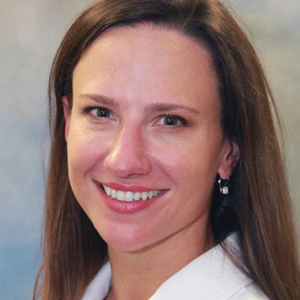
Andrea Murina, MD, is an Associate Professor of Dermatology and Program Director at Tulane University School of Medicine in New Orleans, Louisiana. She completed medical school training at Louisiana State University in New Orleans and residency training at Tulane University, where she served as Chief Resident.
A study in the Journal of the American Academy of Dermatology found that women who drank two or more glasses of skim milk a day were 44% more likely to have acne than their peers. Another study in Dermatology Online Journal found that girls aged 9-15 who drank more cow’s milk tended to have more acne than their peers.
The relationship between skincare and diet is often a process of trial and error. Foods that are irritating to one’s skin may even change and develop over time. However, evidence and experts tend to agree that dairy is one of the foods that poses a high risk of being an irritant for the skin, especially in those who already struggle with acne.
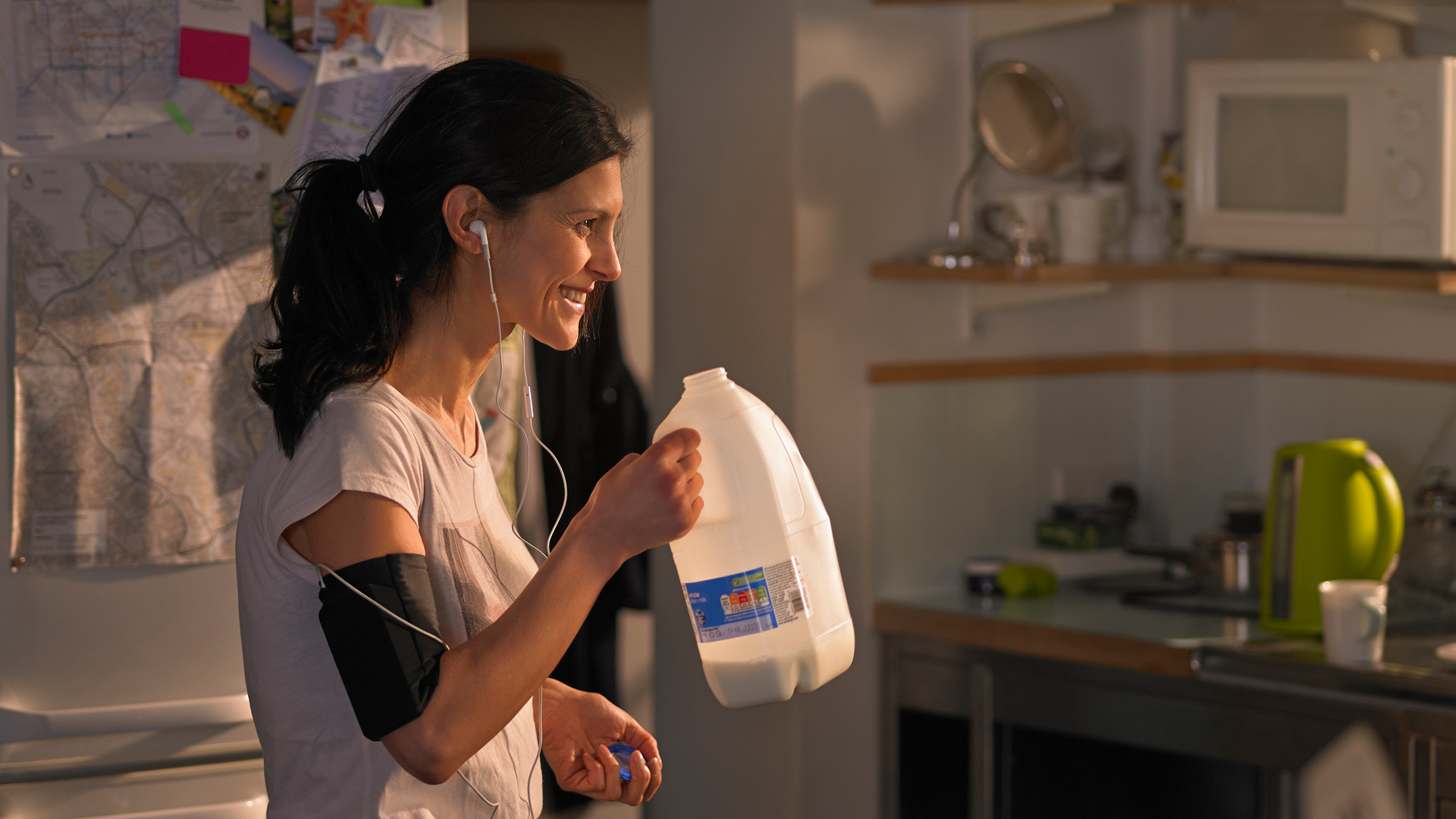
What else can cause acne?
So will dairy alone cause acne? It’s tough to say, as no one factor or irritant exists in a vacuum. Not only can other medical components and hormonal cycles affect acne, but there are plenty of other environmental and dietary elements that contribute to the health and appearance of your skin.
“Junk foods, or foods with a high glycemic index value and high fat, also cause inflammation in the skin,” says Murina. “These foods also increase insulin and insulin-like growth factors, which results in more acne.” So it looks like dairy isn’t the only food you should keep an eye out for.
Hormones and other medical conditions can contribute to skin inflammation and acne breakouts. Conditions such as polycystic ovary syndrome (PCOS), hormone imbalances and even the fluctuations within the regular menstrual cycle have been known to cause acne. A 2003 study conducted at Stanford University found that acne severity correlates highly with stress levels. Although dairy can be among the culprits, it isn’t alone.
How can you treat acne?
Cutting back on dairy can be a start. Murina says: “I routinely ask acne patients about their dairy or whey-based protein intake. In patients with moderate to severe acne, I recommend that they cut back on excessive dairy intake. I also discourage the use of whey-based supplements if patients have nodulocystic – or more severe forms of – acne.”
However, treating acne is about taking well-rounded care of your skin and figuring out what works with your skin’s ecosystem. While cutting back on dairy can be a part of it, this process also involves using safe, simple products on your skin, washing your face regularly, keeping stress levels to a minimum when possible, getting enough sleep at night, staying hydrated, and eating a balanced diet.
Additionally, one of the best courses of action for treating severe acne is to consult a dermatologist about a specific course of treatment, tailored professionally to your skin’s needs.
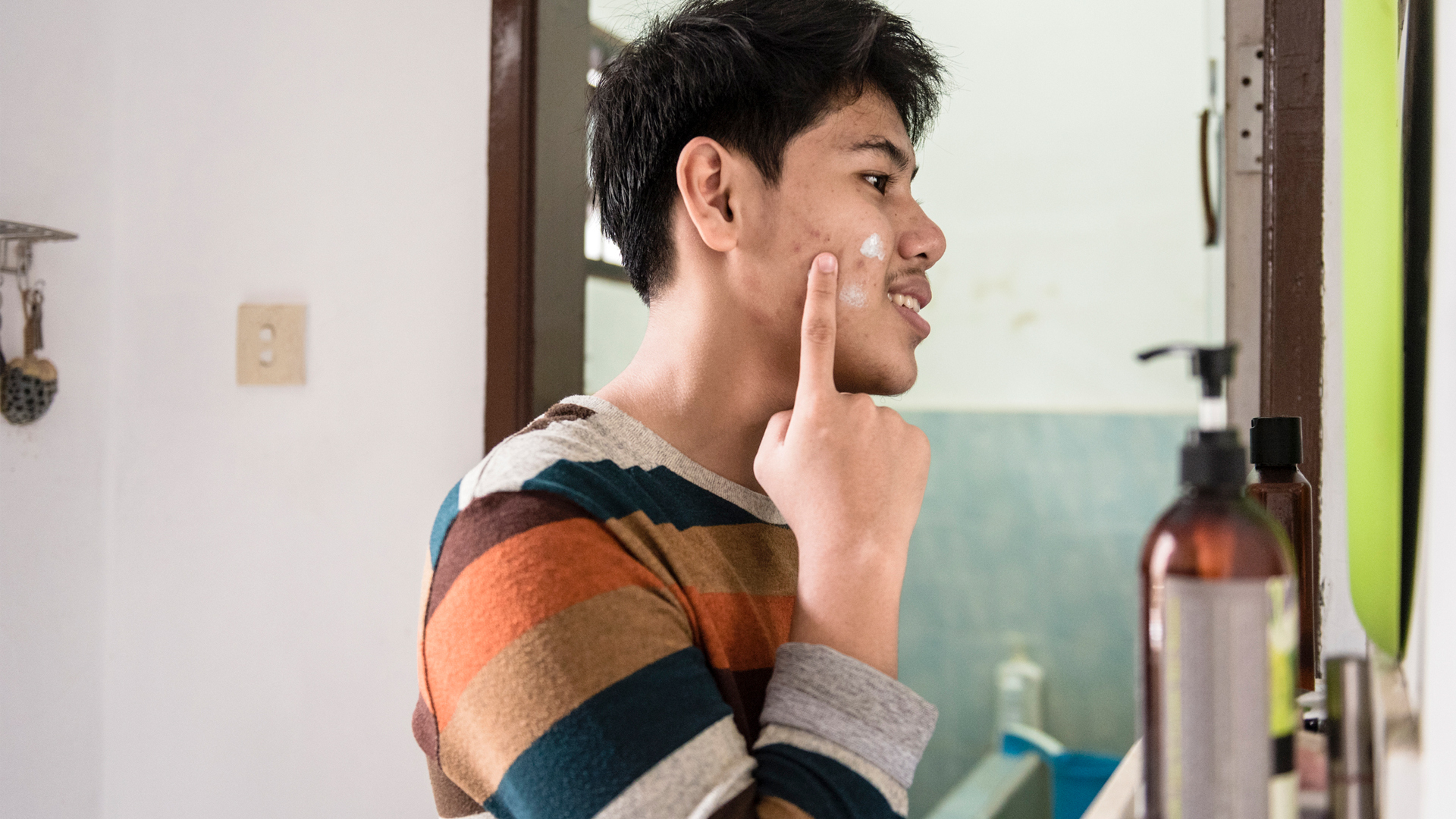
Foods that help the skin
What should you be eating to keep breakouts at bay? “The foods that are better for acne are fruits and vegetables that have vitamins, minerals and fiber. These promote healthier blood sugar levels and healthier, clearer skin,” says Murina.
Incorporating as many fresh, hydrating foods filled with vitamins and minerals as possible into your diet seems to be the way to go. That doesn’t mean that dairy is bad all the time. “Dairy is fortified with vitamins and minerals and some of the natural fats in dairy could be helpful for the skin,” says Murina. “In people without severe acne, dairy can be a normal part of a balanced diet without concerns for negative effects on the skin.”
Essentially, you may be just fine keeping that morning latte after all, and if you haven’t experienced issues or irritation from it thus far, you likely don’t have too much to worry about. However, if you struggle with acne, it may be worth your while proceeding with caution or re-examining that part of your diet.
As with many other elements of health, skincare is highly personal. What may work for some may not work for others. Since dairy does have the potential to irritate acne-prone skin, it might be a good idea to venture away from lactose to see how you fare.
This article is for informational purposes only and is not meant to offer medical advice.
Sign up for the Live Science daily newsletter now
Get the world’s most fascinating discoveries delivered straight to your inbox.
Jamie Kahn is a Brooklyn-based journalist, editor, and certified yoga instructor whose work has been featured in HuffPost, Epiphany Magazine, The Los Angeles Review, Far Out Magazine, Atwood Magazine, and Live Science. She serves as the contributing features editor for Epiphany Magazine.
